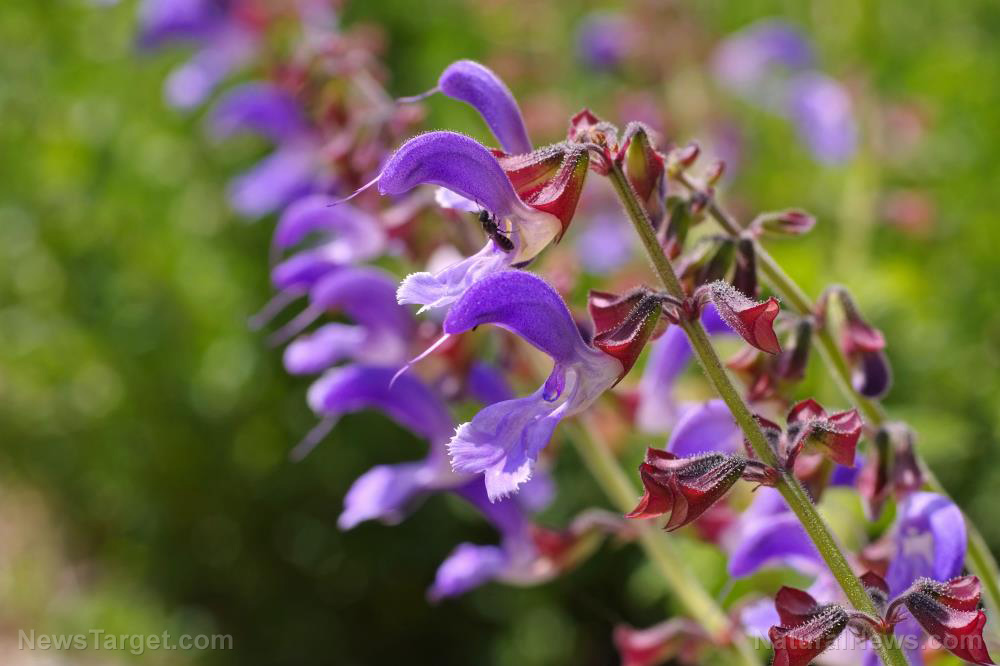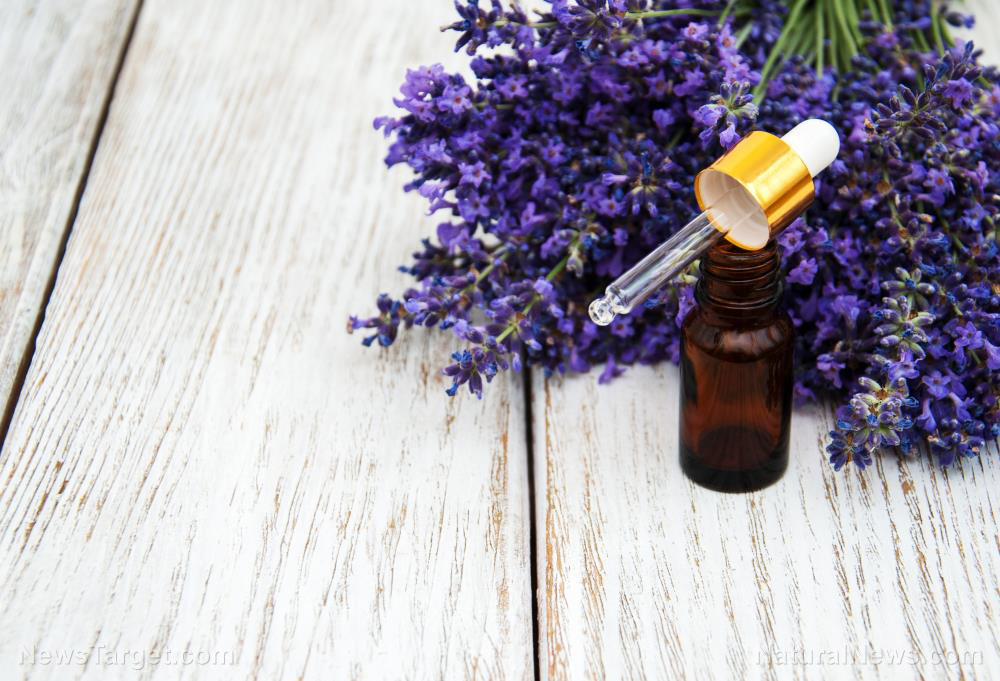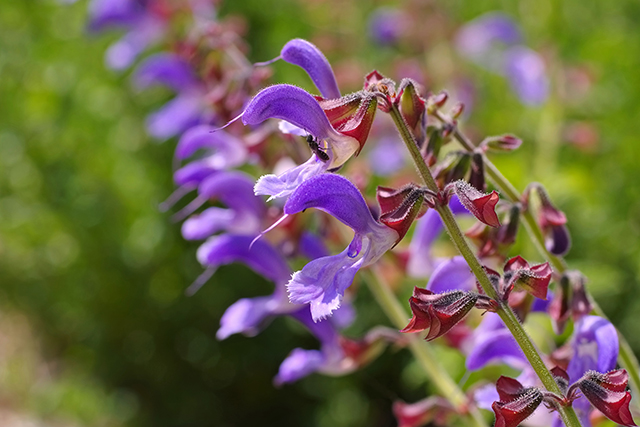Natural cures for Lyme disease: Essential oils from garlic and other herbs
03/15/2019 / By Zoey Sky

Most people use essential oils as a mood booster or stress reliever. But according to a study, a potent mix of essential oils from various herbs and medicinal plants can help eliminate the bacteria that cause Lyme disease.
The study, which was published in the journal Antibiotics, was conducted by researchers from the Johns Hopkins Bloomberg School of Public Health (JHSPH).
The researchers noted that these essential oils could help relieve persistent Lyme symptoms despite the use of standard antibiotic treatment. This is good news, especially since most antibiotics are linked to negative side effects such as diarrhea, fatigue, increased fever and aches, and skin rashes.
Essential oils vs. Lyme bacteria
In the study, the researchers conducted lab-dish tests of 35 essential oils. The JHSPH researchers discovered that 10 out of the 35 tested oils had potent killing activity against dormant and slow-growing “persister” forms of the Lyme disease bacteria, Borrelia burgdorferi.
Dr. Ying Zhang, the study’s senior author and a professor in the Department of Molecular Microbiology and Immunology at JHSPH, said that the essential oils were more effective at killing the persister forms of Lyme bacteria compared to standard Lyme antibiotics.
There are at least 300,000 new cases of Lyme disease annually in the U.S. While standard treatment with doxycycline or an alternative antibiotic for several weeks helps clear the infection and address symptoms, about 10 to 20 percent of patients report persistent symptoms such as fatigue and joint pain.
100% organic essential oil sets now available for your home and personal care, including Rosemary, Oregano, Eucalyptus, Tea Tree, Clary Sage and more, all 100% organic and laboratory tested for safety. A multitude of uses, from stress reduction to topical first aid. See the complete listing here, and help support this news site.
These symptoms are known as persistent Lyme infection or post-treatment Lyme disease syndrome (PTLDS). Unfortunately, some cases of PTLDS may last for several months or even years.
Experts have yet to determine the cause of this lingering syndrome, but data suggest that cultures of B. burgdorferi can enter a stationary phase where the majority of the cells divide slowly or not at all. These slow-dividing or dormant cells called persister cells can form naturally despite nutrient starvation or stress conditions.
Alarmingly, these persister cells are also more resistant to antibiotics. This has inspired researchers to find other cures or medicinal compounds that can kill persister Lyme bacteria. If the research proves successful, the tested compounds can be used to treat people with persistent Lyme symptoms.
In 2017, Zhang and his laboratory conducted a study which revealed that essential oils from cinnamon bark, citronella, clove buds, oregano, and wintergreen killed stationary phase Lyme bacteria. The essential oils were even more potent compared to daptomycin, one of the most effective drugs among tested treatments.
Essential oils from garlic and other herbs proved effective against persister cells
For this study, the researchers extended their lab-dish testing to include 35 other essential oils. The results narrowed down the list to 10 oils with powerful killing activity against stationary phase Lyme bacteria cultures at concentrations of only one part per thousand.
At this concentration, five of the oils, which were derived from allspice berries, garlic bulbs, may chang (litsea), myrrh trees, and spiked ginger lily blossoms, successfully killed all stationary phase Lyme bacteria in their culture dishes in seven days. No bacterium grew back after 21 days once these essential oils were used. (Related: Scientists find GARLIC may treat lingering Lyme disease.)
The researchers noted that essential oils from amyris wood, cinnamaldehyde (the fragrant main ingredient of cinnamon bark oil), cumin seeds, lemon eucalyptus, and thyme leaves also performed well during testing.
Lab-dish tests like these represent an early stage of research. However, Zhang and his colleagues wish to continue their investigations of essential oils with tests in live animals, such as mouse models of persistent Lyme infection. If these tests go well and the effective doses are proven safe, Zhang will then proceed to initial tests in humans.
Sources include:
Tagged Under: allspice berries, antibiotic resistance, Borrelia burgdorferi, cinnamon, Cumin, Diseases, essential oils, garlic, herbal medicine, Herbs, infections, Lyme disease, Myrrh, natural cures, natural medicine, remedies, thyme


















